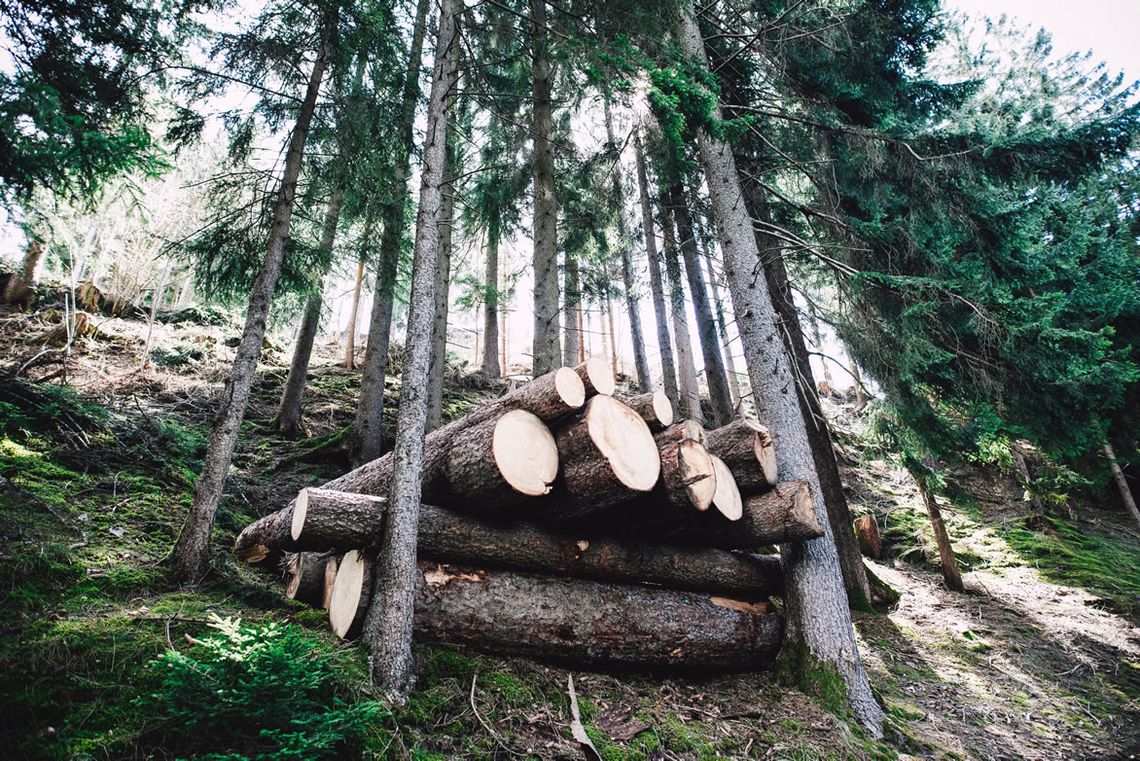Hundreds, if not thousands, of forest acres are transferred to the next generation every year in Mississippi. One thing essential for forestry landowners to understand, especially with tax season upon us, is what forestry basis is, and how it is used.
Basis is the amount of your invested money or the cost of your property, such as timber or land. Forest owners may have a basis in their timber, in their land, or in other capital assets. Basis is not usually the current value of your property. Many people have no basis in their property, especially in timberland, depending on how they initially acquired the timber, and if the timber has been harvested and the basis already used.
To determine net taxable income, basis is subtracted from gross sale income. Forest owners who sell timber do not pay taxes based on gross proceeds. Forest landowners pay taxes (generally at the long-term capital gains rate, if the property is owned long enough) on the net taxable income. Net taxable income equals gross proceeds, minus sales expenses and minus the basis in the property. Subtracting basis from gross proceeds is called basis recovery, and it can reduce taxes significantly.
Basis recovery is a "use it or lose it" opportunity. If basis is not recovered when a property or timber is sold, then the basis in that property is lost. To avoid this financial loss, we need to be aggressive in recovering basis. Besides property or timber sales, recovery of basis also can occur following a casualty or theft loss. If a casualty loss, such as a tornado, occurs having a basis in the timber is necessary for the landowner to receive a tax write off for the storm damage.
Land and timber are properties that can be bought and sold separately. Therefore, it will be to a landowner's advantage to set up different accounts for land and timber and keep separate records of basis. The Internal Revenue Service (IRS) regulations also require landowners to keep separate land and timber accounts.
Inflation will reduce the value of basis every year. To minimize this financial loss, one will need to be aggressive in basis recovery.
The way a forest landowner acquires property is important in establishing the initial value of basis. One becomes a property owner in one of four ways: 1) one purchases the property, 2) one inherits the property, 3) one receives the property as a gift, 4) the landowner plants trees on the property.
Purchases Property: When you purchase timberland, the initial value of basis is equal to the purchase price. Include with the purchase price any legal, surveying, and consulting fees paid.
The allocation of purchase price into land basis and timber basis is guided by the percentage of fair market value, attributed to land and timber.
Inherited property: The initial value of basis for inherited property is equal to the fair market value (FMV) at the time of the donor’s death. If the estate distribution is delayed, the owner may use instead the FMV on the date of acquisition.
Most inherited land and timber property subject to estate taxes will receive a step-up basis, equal to the Fair Market Value. However, this is not the case for a surviving spouse of jointly owned timberland. Only half of the property is assumed to be inherited, so only half of the FMV is the initial basis.
An appraisal is needed to establish the FMV of the land and timber. The most accurate appraisal occurs when the landowner acquires the property.
Sometimes an appraisal is not made until the property or timber is sold. In this case, a retroactive appraisal to establish basis is allowed by the IRS, if it is done by a consulting forester. The FMV for the date the land was inherited is established by projecting backwards for the land and timber values.
Property Receive as a Gift: Timberland given to heirs before death avoids estate taxes. Because of estate avoidance, your initial entry in basis will be the same as your donor’s basis in the property. Donor basis is established by how the donor acquired the property.
Planted Trees: If a landowner establishes their own trees, initial value of basis is equal to reforestation costs and includes tree planting and site-preparation cost. There are options when using reforestation costs.
One option is to keep reforestation basis in the timber account until the timber is sold. Another option is to use investment tax credit and amortization. Reforestation costs of up to $10,000 each year can qualify.
Amortization tax credit allows a 10 percent tax credit for reforestation cost. Credit is taken the same year costs are paid.
Source: "Basics of Basis," Mississippi State Extension, Publication 1983



Comment
Comments